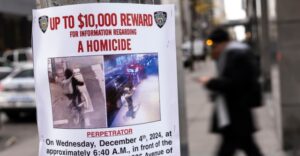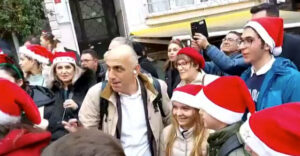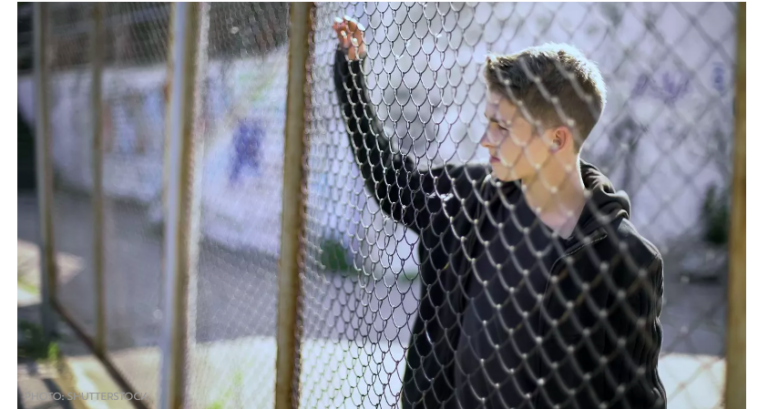For a third day, the manhunt by New York City police officers continues for the perpetrator of the murder of the CEO of major insurance company UnitedHealthcare, Brian Thompson.
Although so far the perpetrator has not been identified, the city’s mayor Eric Adams said the investigation is “on the right track.”
U.S. media report that investigators have recovered possible DNA evidence from a water bottle believed to have been dropped by the gunman after he shot Thompson outside the Hilton Hotel in Midtown in downtown Manhattan as well as bullets from the crime scene. Results are expected in a few days, and they have reportedly “combed” all the places he passed through for DNA and fingerprints, including the room he stayed in on the Upper West Side.
His route
Meanwhile, investigators have been tracking the gunman’s steps since Nov. 24, when he arrived in New York on a bus from Atlanta and checked into the hostel using identification. He left on November 29 and returned the next day.
In addition to DNA, authorities released security camera images of a smiling man wearing a hooded jacket and discovered a fake ID and a cell phone. However, no arrests have been made.
According to police, the fugitive fled the scene in Central Park on a bicycle. Security camera video showed him exiting Central Park without his backpack. However, although heavy police forces were on the scene, they were unable to locate it.
His motive also remains unclear, though messages found on bullet casings at the scene, including the words “delay” and “deny,” were possible references to ways in which insurance companies like United avoid paying patients’ medical claims.
Was the killer a professional hitman?
A question remains whether the killer was a professional hitman, as three days after the crime he remains at large and his name has not been released. Besides, how he committed the crime is reminiscent of a scene from a movie, where the perpetrator murders an early morning, cold-blooded corporate executive from behind and the victim turns to confront him before collapsing to the ground, mortally wounded.
Police said the attack on Brian Thompson was targeted by someone with firearms experience. However, given that his identity and motives have not been released, the question is whether he was an amateur or an experienced professional.
Citing experts, the New York Times argues that the shooter may have had the skill to handle the gun, but the evidence suggests it is unlikely that he was hired to commit the crime.
David Shapiro, who is a professor at the John Jay College of Criminal Justice in New York City and a former FBI special agent, said the killer did not look like someone he feared, and argues that the crime is unlikely to have been carried out by a hit man. “It would be very difficult to get someone to do something like this. It’s a very high risk,” he added.
The armed man waited at a certain entrance to the hotel and fired confidently. He also appeared to have equipped his gun with a silencer, which is rarely used in killings. Lately, silencers have become more popular. The shooter, according to experts, could either be an avid hunter or have practiced at a shooting range.
At the same time, it appears he had an escape plan. After the killing, he got on a bicycle, possibly an electric one, and rode to Central Park, which is the last place he was spotted. Professor Dennis Kenney of the same college said that a bicycle, even an electric one, does not mean there is a good plan, as not only are there cameras everywhere, but there is a high possibility of other people being involved. “There are too many things that can go wrong and too few things you can control,”
he added.
The gunman left a trail. Already, police have released photos of a wanted man and revealed that the shell casings had messages engraved on them, including the words “delay” and “deny”.
Before the shooting, the man was staying at a guesthouse a few miles away, where he shared a room with other guests, and his face was recorded, shortly before the killing, he went to a Starbucks near Hilton, where a camera again recorded his actions. Police recovered not only the shell casings but also a cell phone that they were examining. Therefore, the evidence does not indicate a professional’s work, according to experts.
Ask me anything
Explore related questions





